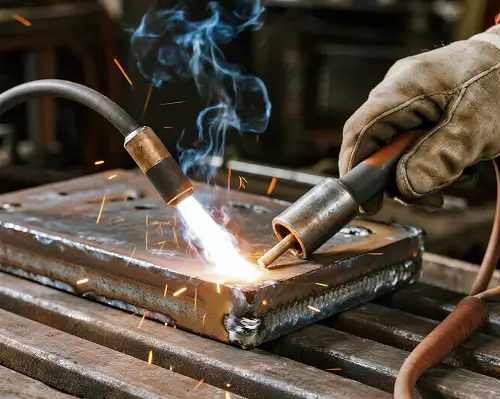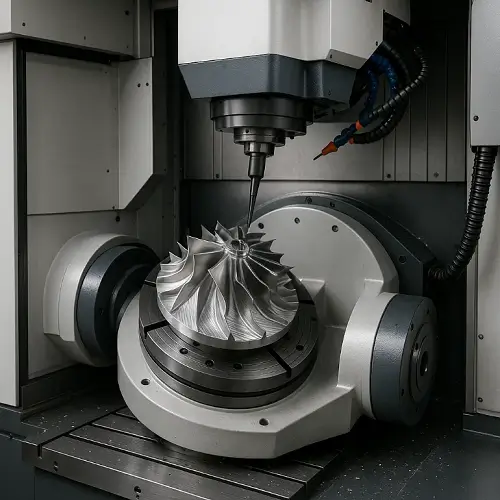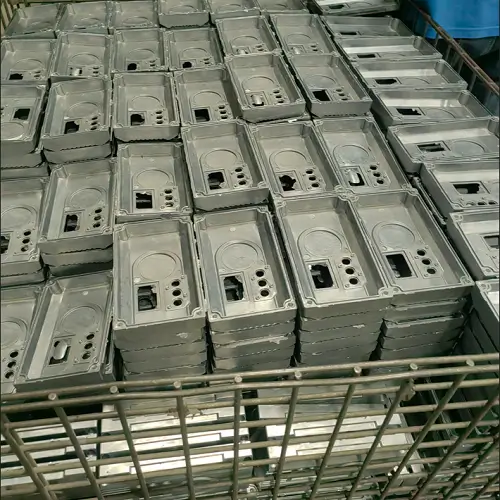When it comes to welding, choosing between MIG and TIG isn’t just a technical decision — it can directly affect the strength, appearance, cost, and timeline of your project. If you’re a manufacturer, engineer, or procurement manager looking to select the right welding process for your components or assemblies, this article breaks it down without the jargon. Here’s what you need to know.

What Is MIG Welding?
MIG (Metal Inert Gas) welding, also known as Gas Metal Arc Welding (GMAW), uses a continuous wire feed as an electrode and a shielding gas to protect the weld pool from contamination. The process is semi-automatic, and it’s known for speed and ease of use.
Key Features:
High speed: Excellent for production environments.
Easier to learn: Requires less operator skill compared to TIG.
Versatile: Suitable for steel, stainless steel, and aluminum.
Common Applications:
Automotive parts
Industrial fabrication
Structural steel work
MIG is often the preferred choice for high-volume welding due to its efficiency and ability to handle thicker materials quickly.
What Is TIG Welding?
TIG (Tungsten Inert Gas) welding, or Gas Tungsten Arc Welding (GTAW), uses a non-consumable tungsten electrode to produce the weld. Filler metal is often added by hand, and a shielding gas — usually argon — protects the weld zone.
Key Features:
High precision: Ideal for detailed or cosmetic welds.
Clean welds: Produces minimal spatter and cleaner joints.
More control: Great for thin or delicate materials.
Common Applications:
Aerospace components
Medical devices
Stainless steel piping
TIG welding is favored when appearance and weld integrity are critical. The slower pace allows for exacting control over heat and penetration.
MIG vs TIG Welding: Side-by-Side Comparison
| Feature | MIG Welding | TIG Welding |
|---|---|---|
| Speed | Faster | Slower |
| Skill Level | Easier to operate | Requires more experience |
| Material Thickness | Better for thicker materials | Better for thin materials |
| Appearance | More spatter, less clean | Clean and precise welds |
| Cost (Per Project) | Lower due to faster operation | Higher due to labor intensity |
| Automation Friendly | Highly automatable | Less common for automation |
Which One Should You Use?
The right welding method depends on your application’s priorities:
For high throughput production: MIG welding is likely the better fit.
For fine-detail or aesthetic welds: TIG welding offers unmatched quality.
For aluminum and stainless steel with complex geometries: TIG’s control becomes valuable.
For structural steel or general manufacturing: MIG’s speed makes it cost-effective.
Real-World Example: Choosing Between MIG and TIG
A recent client needed custom aluminum enclosures with tight tolerances and clean visual welds. While MIG was considered for its speed, we recommended TIG for the cleaner finish and better dimensional control. In contrast, another client producing carbon steel brackets at volume used MIG to meet tight delivery schedules without compromising strength.
Each welding method serves a distinct purpose — and selecting the wrong one could lead to either over-engineering or unnecessary costs.
Material Compatibility
| Material | MIG Compatible | TIG Compatible |
| Mild Steel | Yes | Yes |
| Stainless Steel | Yes | Yes |
| Aluminum | Yes (with spool gun or pulse MIG) | Yes |
| Copper/Brass | Limited | Yes |
Key Takeaways
MIG welding is faster and better for general fabrication and thicker materials.
TIG welding excels at clean, high-precision welds and thin materials.
Each process has a place in manufacturing, and the right choice depends on your priorities: speed, appearance, material type, or cost.
Before committing to a method, consider a brief consultation with a professional fabrication partner who can evaluate your part geometry, material, and performance needs. At JeekRapid, we support both MIG and TIG welding across a range of materials and can recommend the most effective approach for your parts.
Need welding support for your next project? Contact our team to discuss the best-fit welding technique for your application and receive a quick quote today.


